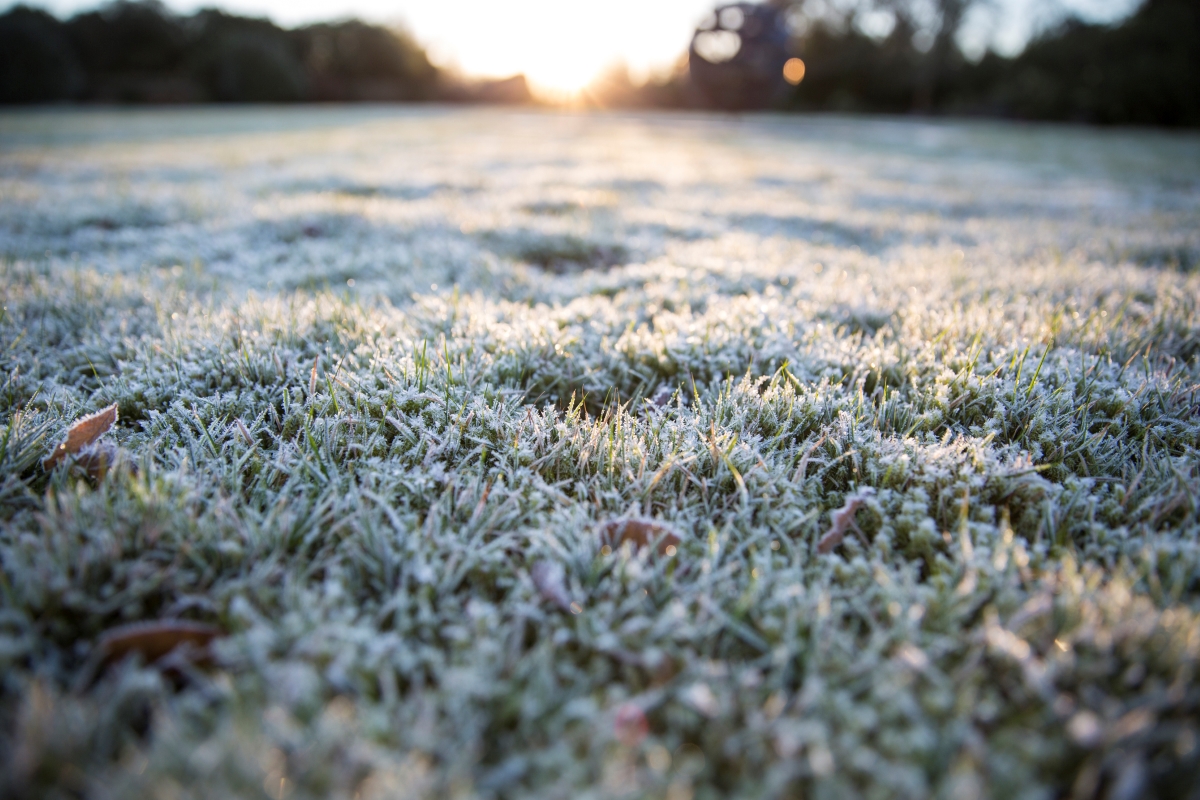

We may earn revenue from the products available on this page and participate in affiliate programs. Learn More ›
Taking on projects around the home is a great way to save on the cost of the job while getting the opportunity to learn and make use of your DIY knowledge. However, some DIYers are so quick to rush into the work that they may neglect local building codes or overlook other important construction factors that can impact the quality of the project, such as the frost line.
When you live in a colder climate, you need to understand frost line depth to ensure that new decks, fences, sheds, or other structures remain safe and stable when the ground freezes. If the footing or foundation of a structure is not deep enough, water below the foundation freezes and expands, creating upward pressure that can lift, shift, or damage the existing structure. So, before starting your next outdoor building project, use this guide to find out what a frost line is, and how deep does the ground freeze.
What is frost line depth?
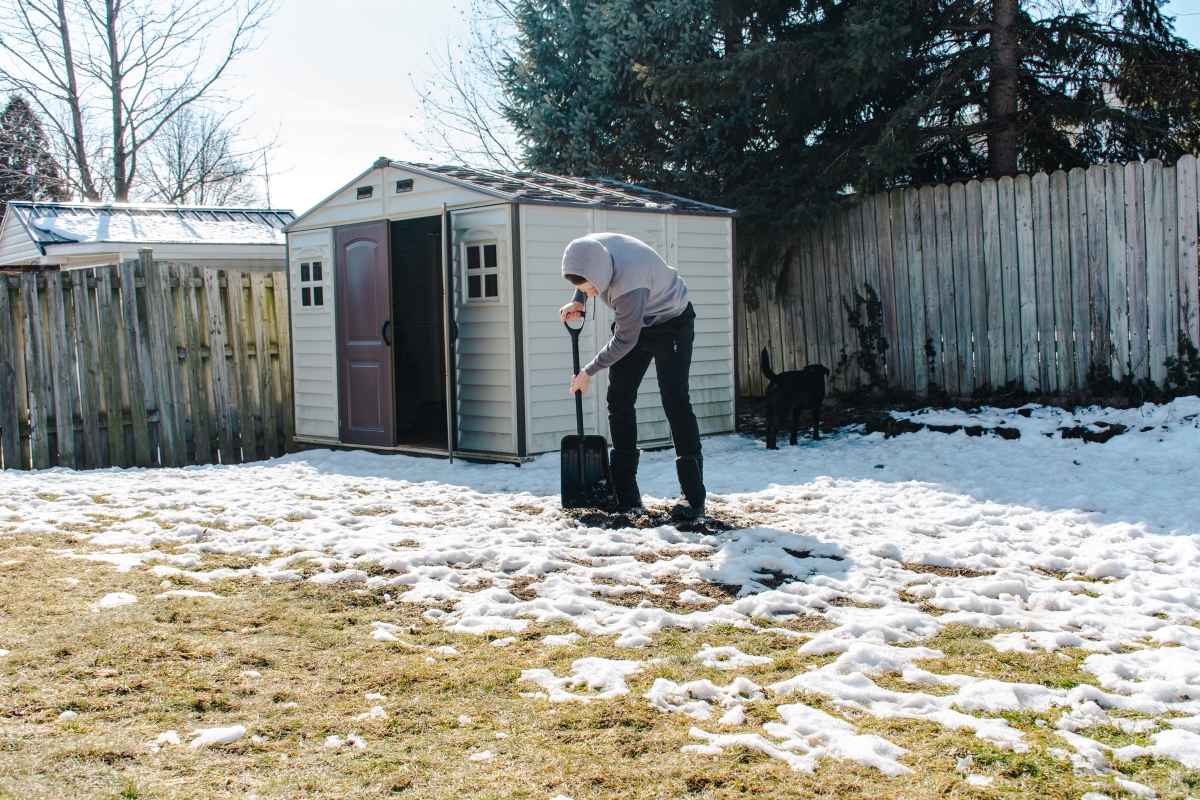
When cold weather hits, the moisture in the ground begins to freeze and expand, pushing and crushing objects that are mounted or buried in the frozen dirt. Frost line depth refers to the average depth to which the ground freezes each year. This measurement varies depending on location, and can even be affected by soil type, ground composition, moisture content, and average temperatures throughout the year.
Testing the exact depth involves using instruments known as frost tubes, which consist of a small hollow tube that is inserted into a drilled hole in the frozen ground. Testers put a bag of water with measurement indicators into the tube and determine the depth based on the line at which the water freezes. Additionally, you can and should refer to local building codes before you begin a project to find out the approved depth to install footings.
Finding Frost Line Depth by Zip Code
The weather across the United States doesn’t remain consistent, so it’s natural that colder areas of the country would have a different freeze line than warmer zones. Also, cold weather can come earlier to areas with colder climates, which is why it’s important to complete certain tasks, like installing a new fence or digging footings for a deck, before the first frost hits.
Depending on the geographic location, the frost line depth can range from a few inches to several feet. Homeowners can check their current frost line depth by zip code through the National Weather Service; they can also refer to a map of frost line depths that displays the average soil frost line by region to get a better idea of how deep they will need to dig to safely install a new structure.
How Frost Impacts Structural Elements
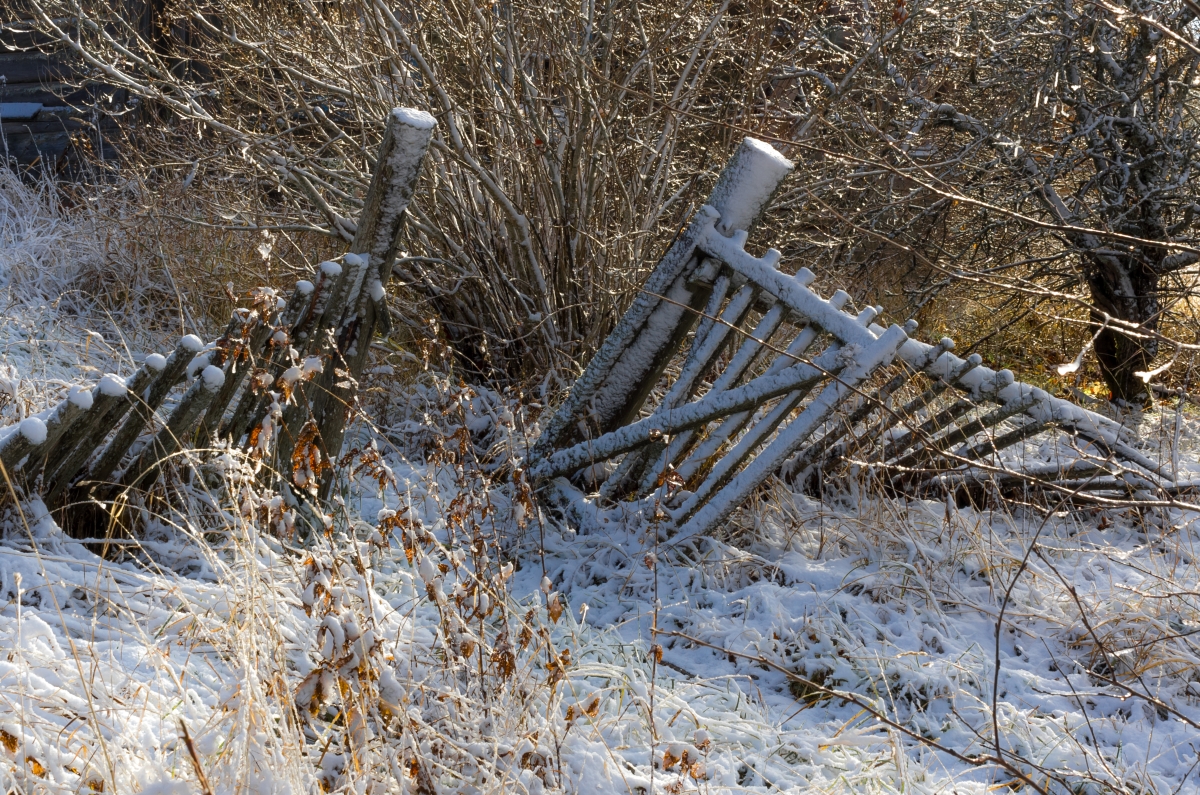
It isn’t just plants that need to be protected from frost. When posts, foundations, footings, and other supports are installed above the frost line, the structures become vulnerable to shifting, cracking, and other damage that may occur when water below the foundation freezes and expands. This upward or outward movement of soil and objects in the ground caused by ice formation in the soil is known as frost heave.
Problems can occur even after the last frost dates, which is why it’s necessary to install structural supports at least 2 feet below the maximum frost depth, and keep an eye out for these ways in which frost can impact structural elements.
- Walkways, patio stones, and other pavers may be shifted or dislodged.
- Frost can weaken the soil subgrade that serves as the foundation for pavement, roadbeds, and other construction.
- Pressure in the soil can cause foundations to crack, shift, or bow.
- Pipes that are not buried deep enough may crack or begin to leak.
- Fence posts and deck footings may be broken during a frost heave, causing the structure to fail.
- Home infrastructure that is buried too shallow in the ground, like a septic tank, can be damaged by the ice.
Building Codes and Frost Depth
There are many resources to check in order to determine the average frost line for a specific city, state, or region, though it’s important to note that the main reference for building projects should be the local building codes. These regulations, including frost line depth, are meticulously kept up to date to provide the best information to a wide range of professionals in the area, so that commercial, industrial, and residential construction meets the safety restrictions put in place by the local government and the state.
Given that most building projects that would be affected by the frost line require a building permit, checking the frost line depth shouldn’t be a problem. Just ask for the information while applying for a permit, or check the local building codes on the government website.
| Region | Average Frost Line Depth |
| South Carolina | 4 Inches |
| Oklahoma | 20 Inches |
| Michigan | 42 Inches |
| Montana | 61 Inches |
| Minnesota | 80 Inches |
What is lateral frost heave?
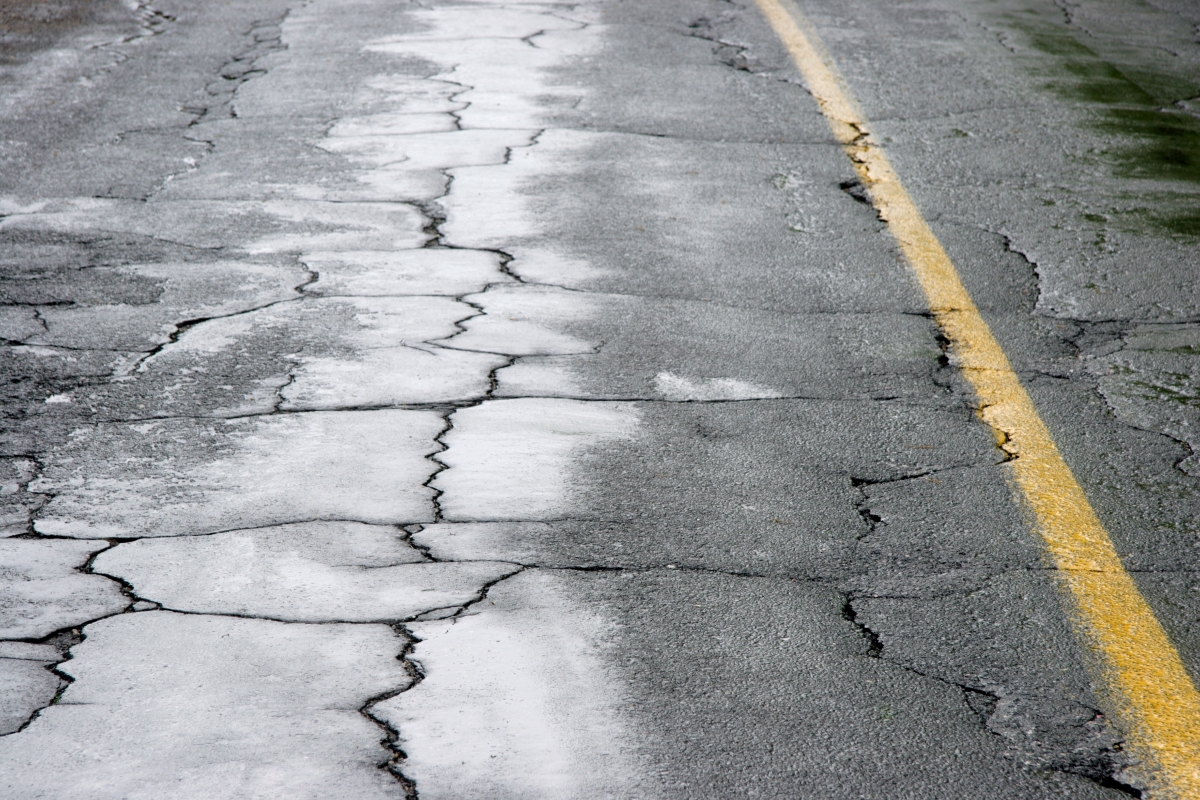
Typically, the water in the ground freezes, expanding upward and outward through the soil. As it expands, it can shift the soil and any objects that are buried or mounted in the ground during a process known as a frost heave. However, when there is a significant difference between the fine and coarse materials in the soil composition, a lateral frost heave can occur.
A lateral frost heave, also known as a differential frost heave (DFH), is a nonuniform shifting of the ground that can put irregular pressure on foundations, roadwork, and any other objects that are buried or mounted in the soil. This type of frost heave can lead to the development of potholes, create patterns, like circles or stripes, and is a major contributor to the formation of small, circular mounds of soil often referred to as frost boils.
Projects That Are Affected by Frost Depth
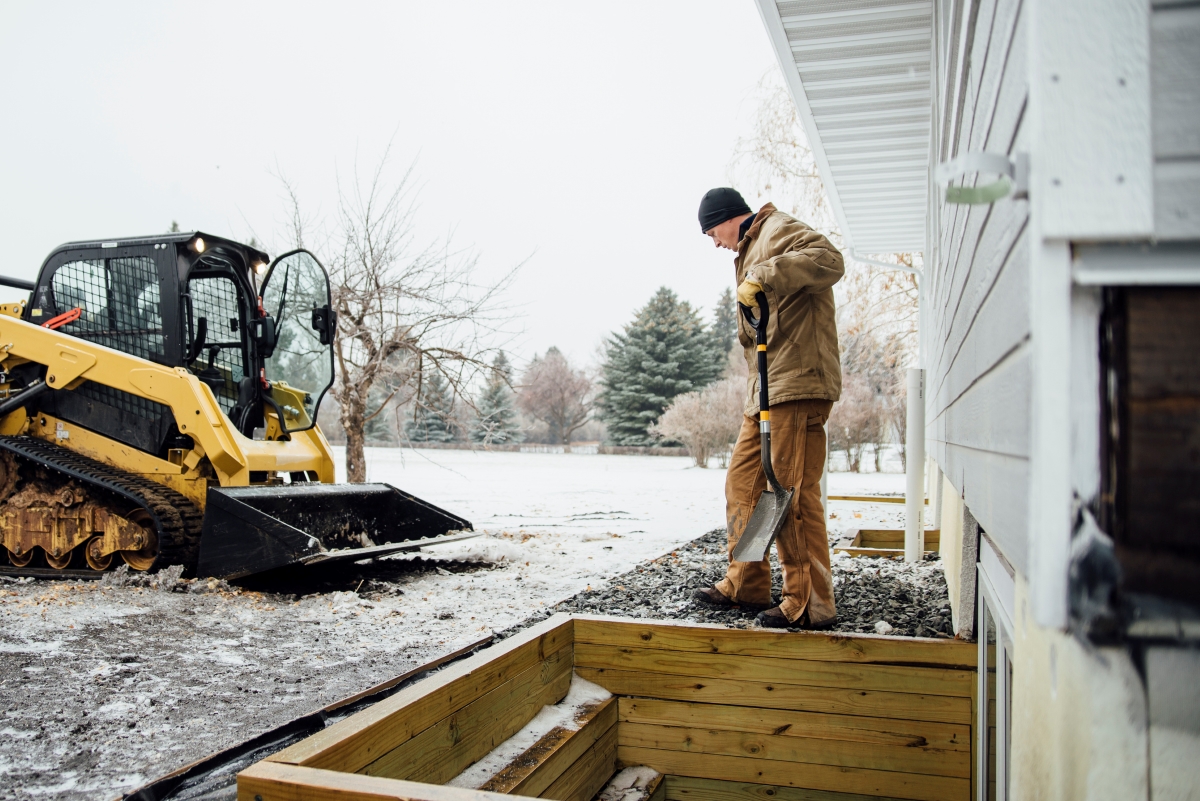
A project’s planning stage is the best time to ask how deep the frost line is, and how it impacts the structure. Some projects, like constructing a semi-permanent gazebo that sits on a patio or deck, can be completed without giving much thought to the frost line. For projects that have structural supports in the ground, however, the frost line depth is a key factor that needs to be accounted for during planning. Tasks that can be impacted by the frost line depth include, but are not limited to:
- Building a new deck
- Putting in fence posts
- Installing a retaining wall
- Pouring the foundation for a workshop
- Laying plumbing lines
- Mounting a mailbox post
- Running conduit
- Excavating foundations
- Installing a swimming pool
- Septic system installation and maintenance
